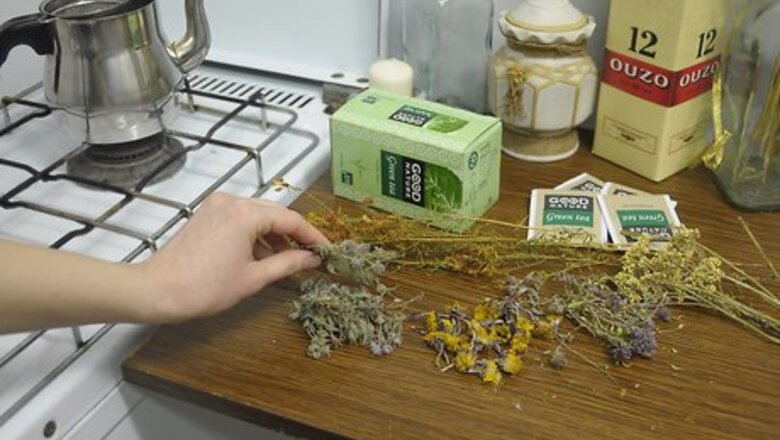
views
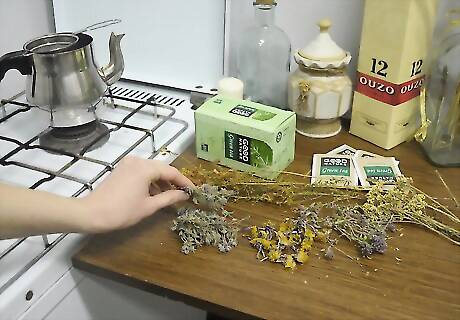
Understand what an herbal tea is. Herbal tea does not have tannin or caffeine but does have varying amounts of antioxidants depending on how the herb is processed.

Understand the purpose of the decoction method. In addition to the traditional recipe for brewing tea (1-cup boiling water poured over 1-t dried herb or 2-t fresh herb), you may also choose to make an infusion (which is stronger than a tea) or a decoction. The decoction method is used for hard, woody substances (such as roots, bark, and stems) that have constituents that are water-soluble and non-volatile. (Red clover is an exception because red clover flower decoction will extract more minerals than the infusion.) Decoctions extract mainly mineral salts and bitter principles. Decoctions are intended for immediate use. Store for a maximum of 72 hours in the refrigerator.
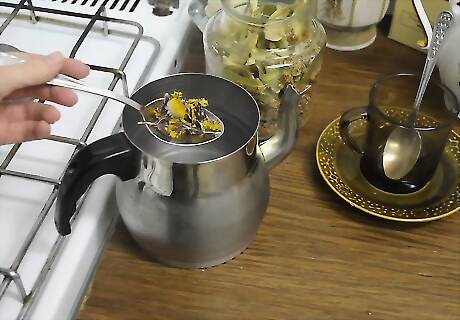
Make a decoction. The basic recipe for a decoction includes 1-pt water and 1-oz of herb or root. Place the water into a pot made from non-reactive metal (such as stainless or enamel; do not use aluminum).Make a Decoction Step 3Bullet1.jpg Cut or crush the herb or root and add it to the water in the pot. (Do not cut or crush the herb or root in advance, as vital constituents can be lost.)Make a Decoction Step 3Bullet2.jpg Turn on the heat to medium. Simmer your decoction with the lid off until the volume of water is reduced by one-quarter (so, three-quarters of a pint remains).Make a Decoction Step 3Bullet3.jpg Cool and strain. Store in the fridge for no more than 72 hours.Make a Decoction Step 3Bullet4.jpg Take in divided doses according to use.Make a Decoction Step 3Bullet5.jpg
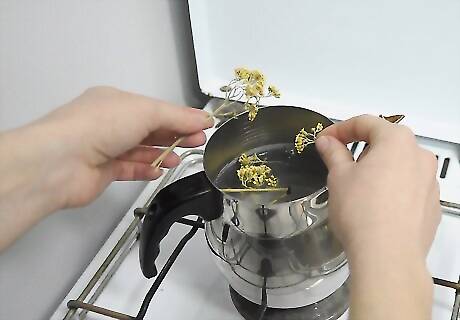
Use a decoction when an herb is better simmered than steeped to extract their specific nutrients. For example, oatstraw contains silica, which requires simmering to be released into the water. In addition, red clover blossoms must be simmered to extract their copper and iron, and dandelion roots should be simmered to prepare a pleasant, coffee-like beverage.Make a Decoction Step 4Bullet1.jpg

Finished.












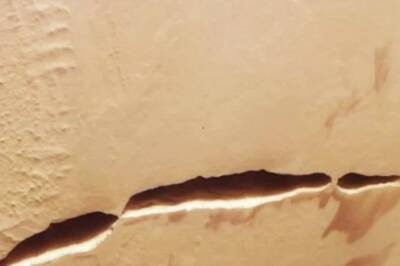





Comments
0 comment